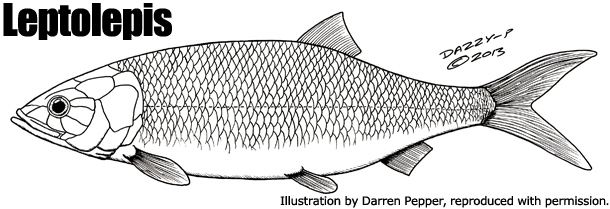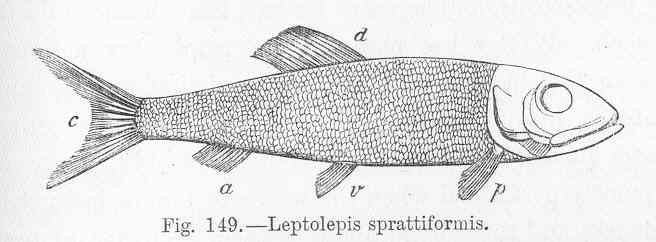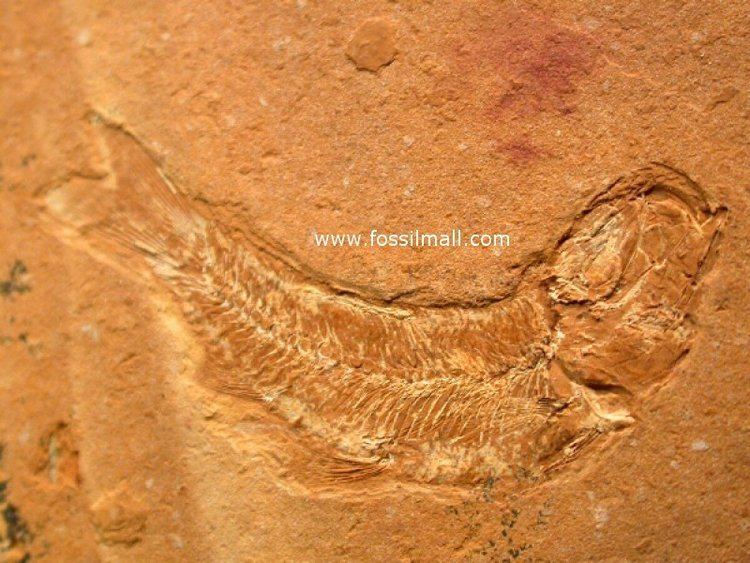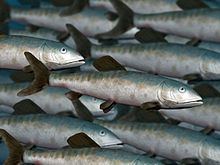Rank Genus | Phylum Chordata Order Leptolepiformes Scientific name Leptolepis | |
 | ||
Similar Leptolepides sprattiformis, Pholidophorus, Leptolepidae, Dapedium, Lepidotes | ||
Yellowstripe scad selaroides leptolepis
Leptolepis ("delicate scale") is an extinct genus of teleost fish that lived freshwater and marine environments from the Middle Triassic period until the Early Cretaceous. The genus is one of the earliest recognized teleost genera.
Contents
- Yellowstripe scad selaroides leptolepis
- selaroides leptolepis
- Species formerly placed in Leptolepis
- Fossil record
- Appearance
- The Morrison cf Leptolepis
- References

selaroides leptolepis
Species formerly placed in Leptolepis
Fossil record

As mentioned earlier, fossils of Leptolepis are found in freshwater and marine strata from the Middle Triassic until the Cretaceous (age range: from 242.0 to 112.6 million years ago.). Fossils are known from several localities in Eurasia, North America, Africa and Australia.
Appearance

An average individual of Leptolepis was about 30 centimetres (12 in) long, and superficially resembled the unrelated modern herring. It was the first true bony fish to really live up to the name, possessing a skeleton completely made of bone; some previous genera such as Pholidophorus had skeletons composed of bone and cartilage. Another modern development in Leptolepis were its scales, which lacked the covering still present in previous genera. These two developments made swimming easier, as the bony spine was now more resistant to the pressure caused by the S movements made while swimming.
Mass graves of Leptolepis have indicated that species probably lived in schools which would provide some protection from predators while the creatures fed on surface plankton. Pelagosaurus was a known predator of Leptolepis, as a Pelagosaurus fossil was found with Leptolepis remains in its stomach.
The Morrison cf. Leptolepis
Known only from a single nearly complete skeleton found at Rabbit Valley, Colorado. A 13 centimetres (5 in) fish that was deeper bodied than its co-occurring contemporaries Morrolepis and Hulettia. The Morrison cf. Leptolepis probably had a live mass of about 37 grams (1.3 oz). It is the only teleost fish known from the formation and was morphologically more highly derived than other Morrison fish. A specific example of apomorphy in cf. Leptolepis is its "more modern tail structure" compared to Morrolepis. It is believed to have fed on fish and small invertebrates.
